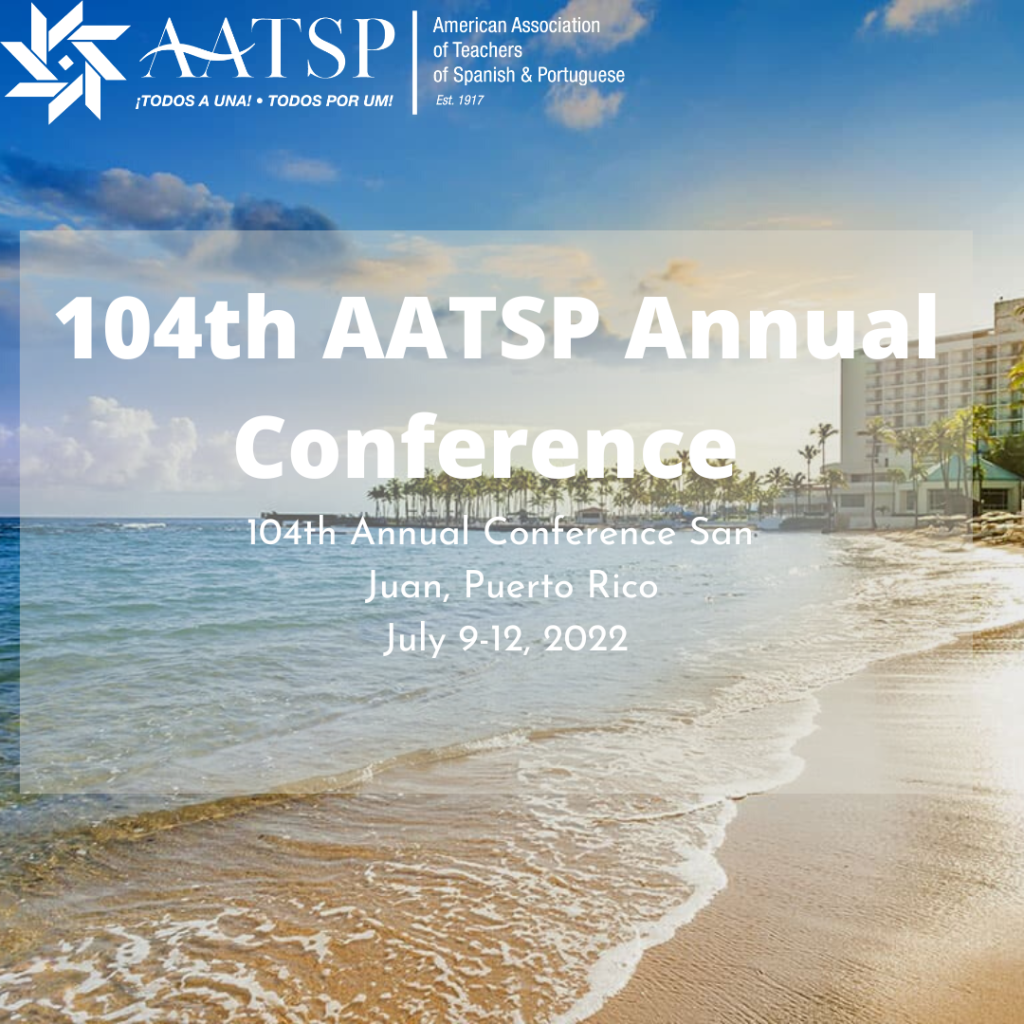
|
When COVID-19 began to spread, businesses and schools had to suddenly shift to remote ways of working and learning. This uncovered a major problem. Most businesses and classrooms weren’t prepared to offer a fully remote-work or remote-learning experience. We were thrust into the world of technology and, for many, it was uncharted territory. Some pivoted without hesitation, while others struggled badly.
Now, over two years have passed and our virtual world has blossomed. Instead of fearing a reliance on technology, companies and schools around the world are embracing it. We have learned many things during this global crisis. We know for sure that technology is here to stay.
With this in mind, the need to prioritize digital accessibility is more important than ever. Before the pandemic, digital accessibility was not a key focus for many businesses or school districts. However, with much of the population now working and learning remotely, digital accessibility is a must-have. Individuals with disabilities must be supported at work and in the classroom.
Technology in the Classroom
With remote learning, many, if not all, educators and students had to rely on edtech tools, some for the first time. A survey found that 90% of teachers plan to continue using technology in the classroom, even when teaching in person.1 The pandemic pushed people to use technology like never before, and many realized the benefits. Today, many educators and students can’t imagine a classroom that doesn’t leverage technology. Edtech tools have brought new opportunities, solutions, and successes to the classroom (in person or at home) for everyone.
Technology in the classroom has helped improve digital accessibility for students with disabilities. Well-designed edtech tools incorporate universal design for learning (UDL) principles.2 This is a framework to improve and optimize teaching and learning for all people. It’s based on scientific insights into how we learn.
These tools allow students to choose how they learn and show their knowledge. Examples include allowing students to choose to have homework questions read aloud or to use speech-to-text to complete an essay. Giving students choices removes barriers that exist when pen and paper are the only options.
We can make more informed choices about what edtech tools will work for teachers and students as new technology emerges to meet growing demands.
Technology in the Workplace
Having classrooms with digital tools also means that we are preparing students for the future of the digital workspace. Technology is quickly taking a prominent role in nearly every profession.
Here too, however, digital accessibility is critical. There are nearly six million Americans with disabilities in the US labor force.3 New tech solutions offer employees with disabilities a choice in how they work. They provide tools to complete tasks in a way that suits people’s personal needs and preferences. For example, the same speech-to-text function used in classrooms can be used when writing a sales pitch, and read-aloud programs can give employees the option to process information through listening. This can benefit auditory learners or those with vision impairments, for example.
Software like Read&Write is used by millions of students across the world.4 But it can also benefit neurodivergent employees.
About 15% of Americans have dyslexia, which can often go unnoticed.5 When employees are given a choice in how they understand and are understood, they can achieve more. Providing support for employees has also proven to be an added benefit for everyone—not just those with disabilities. The right workplace tools can boost employee performance and satisfaction. They can help businesses to attract, retain, and nurture employees of all capabilities.
Technology in the Future
Technology is a powerful support. It helps people to work and learn with more confidence and can ultimately help them to thrive. The pandemic shone a light on the need for digital accessibility, and today many are taking action to improve the digital space. The growing demand for digital work and learning spaces that work for everyone is driving positive change.
Links
1. https://techjury.net/blog/elearning-statistics/#gref
2. https://udlguidelines.cast.org
3. www.nytimes.com/2021/03/05/nyregion/workers-disabilities-unemployment-covid.html
4. https://chrome.google.com/webstore/detail/readwrite-for-google-chro/inoeonmfapjbbkmdafoankkfajkcphgd?hl=en-US
5. www.ldonline.org/article/10784/#:~:text=A%20staggering%20 5%20to%2015,intelligent%20he%20or%20she%20is
Martin McKay is CEO and founder of Texthelp, a global technology company helping people all over the world to understand and to be understood. Texthelp has led the way in creating innovative technology for the education and the workplace sectors for the last three decades.












